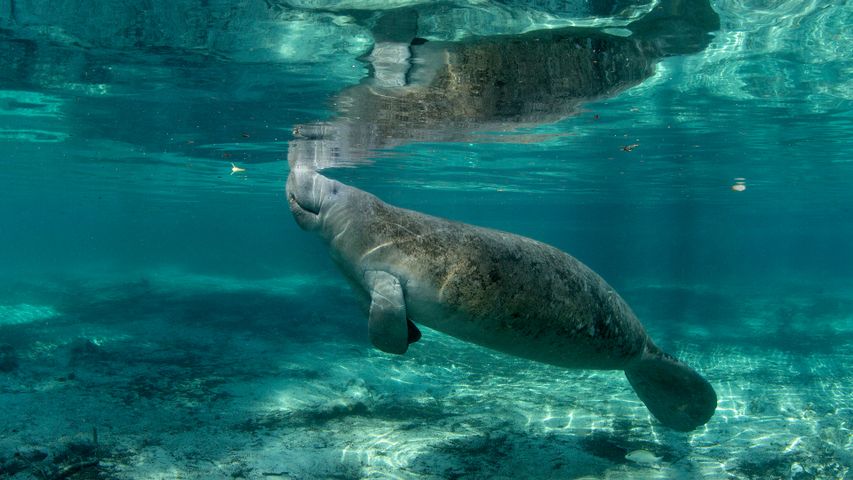Tlikakila River Delta in Lake Clark National Park, Alaska
© Dawn Wilson Photography/Getty Image
Preserving Alaska's natural beauty. Tlikakila River delta
On this day in 1980, the single largest expansion of protected lands in history doubled the size of the US National Park System. Prior to that day, Alaska had no national parks, but now the state has eight, plus numerous monuments and preserves that protect more than 157 million total acres. When President Carter signed the Alaska National Interest Lands Conservation Act, the public was granted the right to appreciate stunning locations like the one in today's photo – the braided river delta of the 51-mile-long Tlikakila River in Lake Clark National Park.
In the native Athabaskan language, Tlikakila literally means 'salmon are there river.' The park is known for its salmon-laden waterways and, as such, the fish is of major importance to the local economy and ecosystem. Local bear populations benefit from the excess salmon, and bear watching is very popular at Lake Clark. The abundance of salmon has also benefitted a wolf pack within the park – the only one in the world known to be solely dependent on salmon.
Related Images
Bing Today Images


 Sea turtle, Fernando de Noronha, Brazil
Sea turtle, Fernando de Noronha, Brazil
 Steller sea lions, Vancouver Island, British Columbia, Canada
Steller sea lions, Vancouver Island, British Columbia, Canada
 Cala Luna beach, Sardinia, Italy
Cala Luna beach, Sardinia, Italy
 Barrier reef off Grande Terre, New Caledonia, France
Barrier reef off Grande Terre, New Caledonia, France
 Mona Vale Rockpool, Sydney, Australia
Mona Vale Rockpool, Sydney, Australia
 Atlantic spotted dolphins near Santa Maria Island, Azores, Portugal
Atlantic spotted dolphins near Santa Maria Island, Azores, Portugal
 Manatee in Crystal River, Florida, United States
Manatee in Crystal River, Florida, United States
 Lathmar Holi in Nandgaon and Barsana, Uttar Pradesh
Lathmar Holi in Nandgaon and Barsana, Uttar Pradesh



